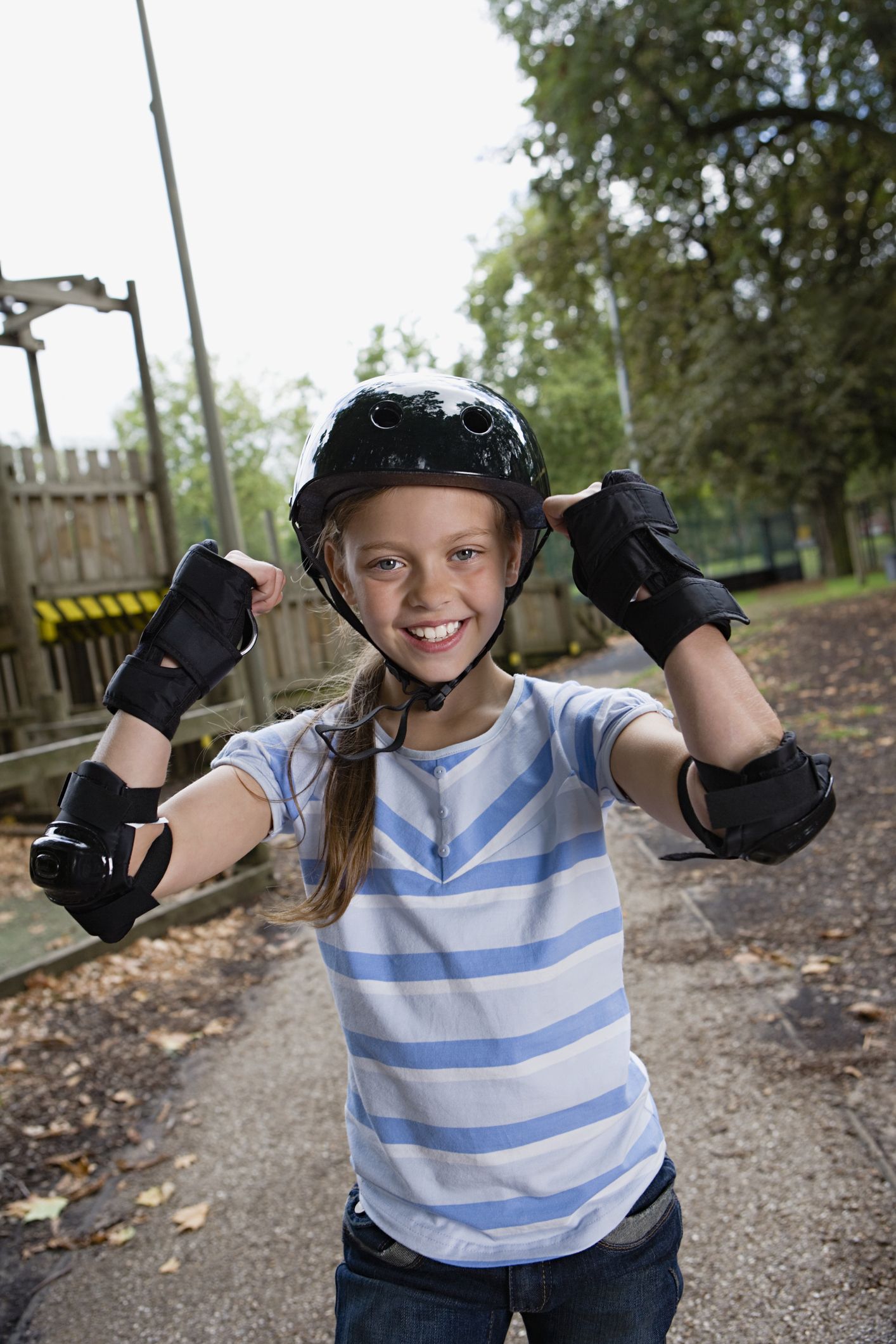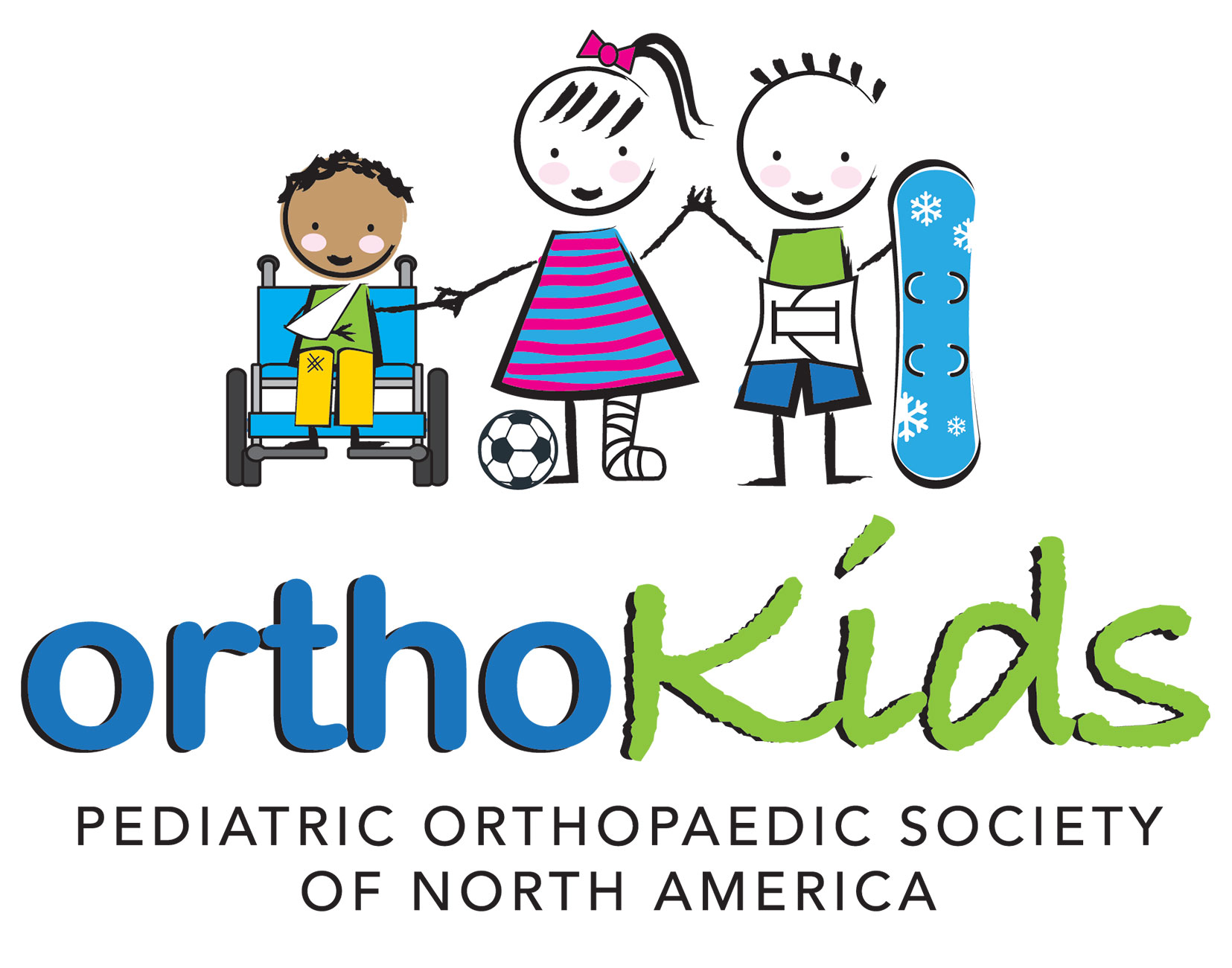Staying Healthy
Skateboarding Safety
Skateboarding is a popular recreational activity among children and teenagers. In recent years, skateboarding spin-offs, such as longboarding and mountain boarding, have also become increasingly popular.
Although it is a fun and exciting activity, skateboarding carries with it a serious risk for injury. Approximately 70,000 injuries requiring a visit to the emergency department occur every year.
There are many things that parents and children can do to help prevent skateboarding injuries, such as carefully selecting safe places to ride and wearing protective gear, especially helmets.
Common Skateboarding Injuries
On average, almost half (50%) of all skateboarding injuries involve children under the age of 15, and the majority of the children injured are boys.
Many injuries happen when a child loses balance, falls off the skateboard and lands on an outstretched arm. Skateboarding injuries often involve the wrist, ankle, or face.
- Injuries to the arms, legs, neck and trunk range from cuts and bruises to sprains, strains, and broken bones.
- Wrist fractures are quite common. Wearing wrist guards has been shown to reduce the frequency and severity of these fractures.
- Facial injuries, such as a broken nose or jawbone, are also common.
- Severe injuries include concussion and other head injuries.
Age Recommendations
According to the American Academy of Pediatrics, children under 5 years old should not ride skateboards. Children aged 6 to 10 years old need close supervision from an adult whenever they ride a skateboard.
Skateboarding is a special risk for young children because they have:
- A higher center of gravity, less development, and poor balance. These factors make children more likely to fall and hurt their heads.
- Slower reaction times and less coordination than adults. Children are less able to "break" (slow down) their falls.
- Less skill and ability than they (or their parents) think. Children overestimate their skills and abilities, and they are inexperienced at judging speed, traffic, and other risks.
Wear Proper Protective Gear
Before getting on your skateboard, empty your pockets of all hard and sharp objects and put on your protective gear. Essential protective equipment includes:
- A properly fitting helmet
- Wrist guards to help support your wrists and reduce the chances of breaking a bone if you fall
- Knee and elbow pads to reduce the severity of cuts and scrapes, and prevent gravel burns
- Closed-toe shoes that have slip-resistant soles; do not wear sandals or Crocs
- Goggles or glasses to keep debris out of your eyes
Skateboarders who perform tricks should use heavy-duty gear.
Helmet Safety
To protect your head from injury, always wear a properly fitting helmet. This is true no matter what your age, level of experience, or skateboarding location.
Get a quality bicycle or multi-sport helmet. It should meet or exceed safety standards of the U.S Consumer Product Safety Commission (CPSC). You may need to try on several sizes and models to find a helmet that fits your head correctly and securely. A properly fitting helmet:
- Is worn flat on your head with the bottom edge parallel to the ground
- Sits low on your forehead
- Has side straps that form a "V" shape around each ear
- Has a buckle that fastens tightly (there should be room to put only two fingers between the strap and your chin)
- Has pads inside that you insert or remove so the helmet fits snuggly
- Does not move in any direction when you shake your head
- Does not interfere with your movement, vision, or hearing
Replace your helmet:
- At least every 5 years
- Sooner than 5 years if the manufacturer recommends it, it is damaged, or you outgrow it
Choose a Safe Environment
Children are most at risk for injury when they skateboard near traffic or in places where it is possible to collide with motor vehicles, bikes, pedestrians, or other obstacles.
To improve skateboarding safety, a growing number of communities provide supervised skateboard parks. These may have professionally designed "bowls" and "ramps" or other designated skateboarding areas that are located away from motor vehicle and pedestrian traffic. While these parks may be protected from the risks of traffic and pedestrians, they often contain more advanced terrain and are not advised for beginners.
In addition to choosing locations away from traffic, follow these recommendations to help ensure a safe environment for skateboarding.
- Avoid skateboarding on irregular surfaces. Always screen the area before you skateboard, inspecting surfaces for cracks, rocks, and other debris.
- Do not use homemade skateboard ramps.
- Never use your skateboard in wet weather or on icy surfaces.
- Avoid skateboarding in crowded walkways or in darkness.
- Never hold onto the side or rear of a moving vehicle while riding a skateboard ("skitching"). You could fall or be thrown into oncoming traffic if the vehicle suddenly slows, stops, or turns.
Ensure Appropriate Equipment
There are different types of skateboards for different styles of riding, such as slalom, freestyle, and speed. Some boards are rated for the user's weight. Use a quality skateboard that is appropriate for your level of ability and the type of riding you do.
Skateboards have three parts: the deck (the board itself), the trucks (the mechanism to which wheels are attached), and the wheels. Shorter decks are best for beginners because they are easier to balance and handle.
Be sure to keep your skateboard in good working order. You should inspect it before every ride. Look for problems that need repair, such as:
- Loose, broken, or cracked parts
- Sharp edges on metal boards
- A slippery top surface
- Wheels with nicks and cracks
Get professional help to repair serious defects.
Focus on Technique
Before trying more challenging maneuvers, it is important to practice and master the basic skills of skateboarding, especially how to stop, slow down, and turn. In addition:
- Be able to fall safely. If you are losing your balance, crouch down on the skateboard so that you will not have as far to fall. Try to land on the fleshy parts of your body rather than your arms. Relax and roll.
- Skateboard according to your ability level. Skateboarding skill is not acquired quickly or easily. Do not take chances by skateboarding faster than your experience allows, or faster than is safe for the surrounding conditions.
- Stay in good physical condition to help to prevent skateboarding injuries.
Additional Safety Tips
Always practice tricks and jumps in a controlled environment, such as a skate park that has adult supervision and appropriate access to emergency medical care. In addition:
- Do not skateboard if you have an injury that affects your ability to stand or move around; if you are feeling weak or dizzy; if you are taking medications that can cause drowsiness; or if you are having problems with balance or coordination for any reason.
- Be considerate of fellow skateboarders, especially those who are younger and/or less skilled. Take turns on ramps or other equipment.
- Do not use headphones while skateboarding.
- Never put more than one person on a skateboard.
- Skateboarding accidents happen, so you should always know what to do in emergency situations. Call 911 for medical assistance or an ambulance.
Peer-Reviewed by
AAOS does not endorse any treatments, procedures, products, or physicians referenced herein. This information is provided as an educational service and is not intended to serve as medical advice. Anyone seeking specific orthopaedic advice or assistance should consult his or her orthopaedic surgeon, or locate one in your area through the AAOS Find an Orthopaedist program on this website.








